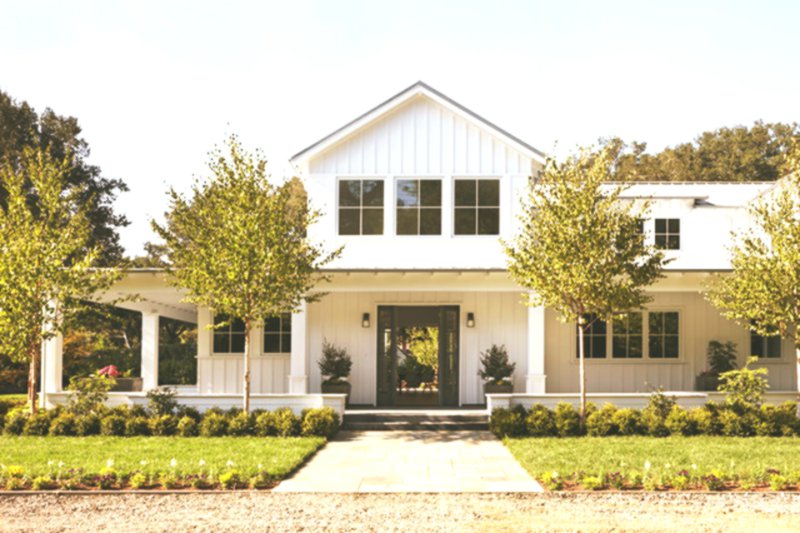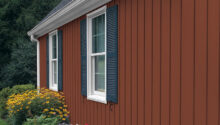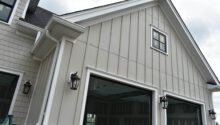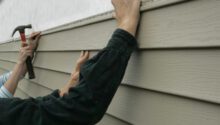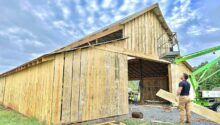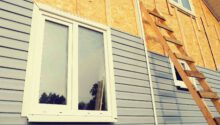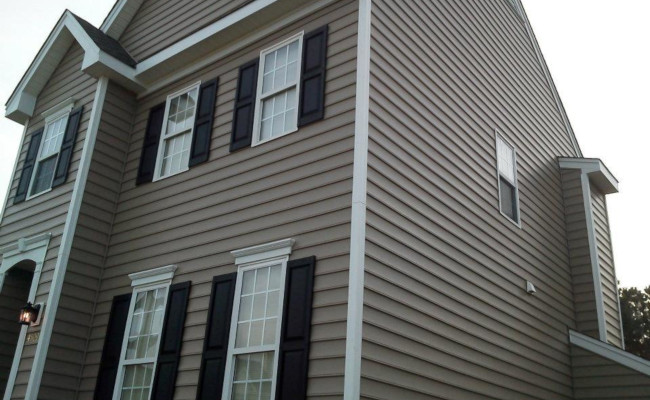
Different types of siding can be used depending on the features of the building and its conditions. The elements differ in terms of strength, load on the frame and care properties. Vinyl siding made of PVC sheet and varies in parameters depending on the manufacturer. It imitates wood, brick or stone cladding well. Fits to any exterior. The advantages include resistance to deformation, lightness and resistance to weather conditions. The disadvantage is that linear expansion must be taken into account during installation so that it does not deform with temperature drops. Wood paneling is made using an impregnation with an antiseptic and must undergo high quality drying. This protects the material from mold and dirt growth. It is often used to finish country style homes. The advantage of this types of siding is good insulation. The disadvantages include fire hazard and need for painting.
Aluminum can be used to complete the building – galvanized and steel siding too. An aluminum look is considered more beautiful for design, mimicking the structure of a tree and is good for painting. This material is not afraid of weather changes and cannot expire. The disadvantages include deformability and the likelihood of corrosion.

Cement Siding
Cement siding made from high quality cement with impurities. This type of surface effectively imitates a noble end stone. This is not suitable for the influence of phenomena, it will rot or not burn. However, the siding is heavy, which requires a reinforced frame to be organized and makes it difficult to install.
Basement Siding
Basement siding is a cement or PVC panel that precisely replicates the structure of a stone or brick. This material is made with a thickness of more than 3 mm, since it is installed near the ground and can be prone to moisture and various kind of damage.

